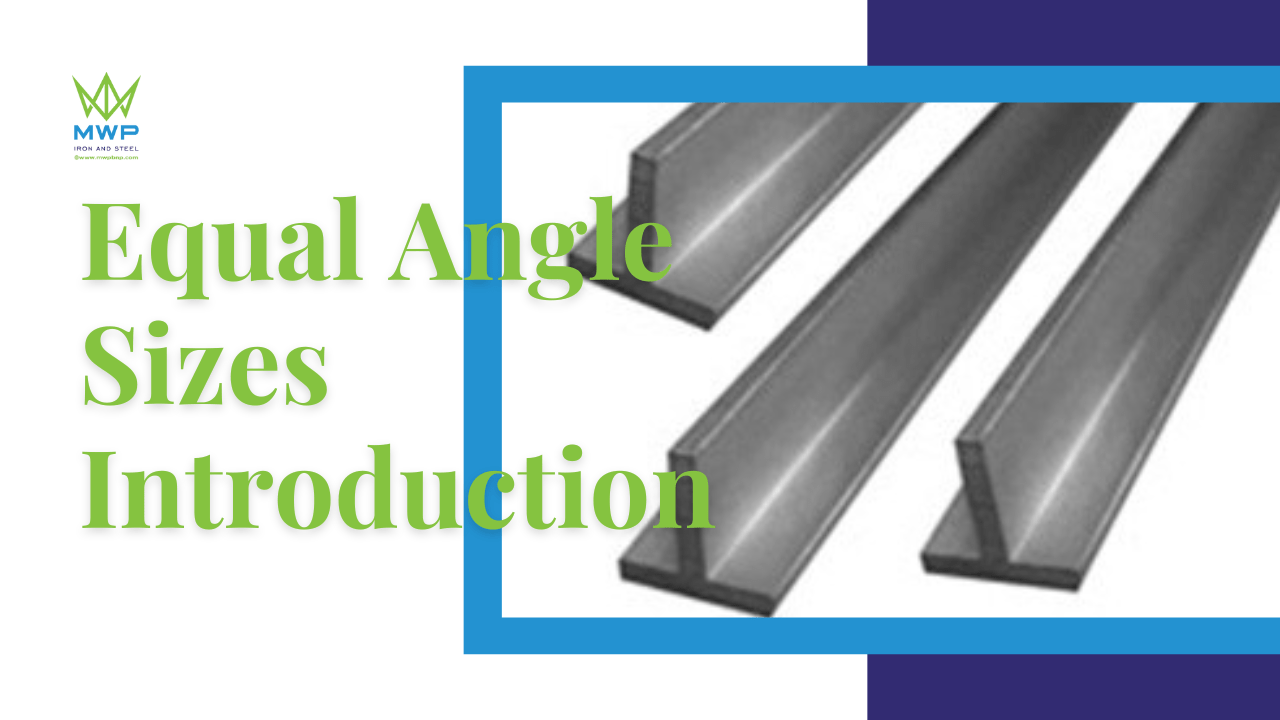Equal Angle Sizes
Equal angle sizes play a crucial role in various industries, particularly in construction and engineering. These sizes refer to the dimensions of equal angle steel, which is commonly used in structural applications. Understanding is essential for ensuring structural stability and load-bearing capacities in different projects.
Here are some key points to consider:
- sizes are an important aspect of structural design and play a significant role in maintaining balance and stability.
- Typically measured in terms of width, thickness, and length, and are available in various standard units of measurement such as inches and millimeters.
- The dimensions may vary depending on the specific requirements of a project.
In the following sections, we will delve deeper into the concept of equal angle sizes and explore their significance in different applications.
Understanding
Equal angle sizes refer to the measurements that define the dimensions of equal angle steel. These sizes are critical in ensuring the proper distribution of loads and maintaining the structural integrity of various constructions. Here are some important aspects to consider:
- Definition: Structural steel components with equal leg lengths, forming a right angle at the intersection. They are commonly used in the construction industry for their versatility and strength.
- Measurement: Typically measured by their width, thickness, and length. The width refers to the size of the equal legs, while the thickness represents the gauge or thickness of the steel used. The length indicates the overall length of the equal angle.
- Standard units of measurement: Commonly measured in inches or millimeters, depending on the region and industry standards. It is important to be familiar with the specific unit of measurement used in your area.
Common Equal Sizes
Sizes are available in a range of dimensions to accommodate different structural requirements. Here are some commonly used equal angle sizes along with their typical dimensions:
- 2×2 Equal Angle Size:
- Width: 2 inches
- Thickness: Varies based on gauge (e.g., 1/8 inch, 1/4 inch, etc.)
- Length: Typically available in standard lengths (e.g., 20 feet)
- 3×3 Equal Angle Size:
- Width: 3 inches
- Thickness: Varies based on gauge
- Length: Standard lengths available
- 4×4 Equal Angle Size:
- Width: 4 inches
- Thickness: Varies based on gauge
- Length: Standard lengths available
It is important to note that equal angle sizes may have slight tolerances and variations, which should be considered during the design and construction process.
Factors Influencing
The selection of angle sizes is influenced by various factors depending on the specific application and requirements. Some important considerations include:
- Load requirements: The intended load-bearing capacity of the structure plays a vital role in determining the appropriate equal angle size. Heavier loads may require larger angle sizes to ensure structural stability.
- Structural design: The overall design of the structure, including its shape and configuration, can influence the choice of angle sizes. Different designs may require different sizes to meet the structural demands.
- Material properties: The properties of the material used for the equal angle, such as the strength and durability, should be taken into account when selecting the appropriate size.
- Industry standards and regulations: Various industries have specific standards and regulations regarding equal angle. Adhering to these standards ensures compliance with safety and performance requirements.
By considering these factors, engineers and designers can make informed decisions when selecting equal angle sizes for their projects.
Get Quote From MWPBNP About Iron and Steel Products
Applications
Equal angle sizes find extensive use in a wide range of applications across various industries. Some common applications include:
- Construction: Equal angle are widely used in building frames, supports, and braces due to their strength and versatility.
- Manufacturing: They are employed in the fabrication of machinery, equipment, and structural components.
- Automotive: Utilized in vehicle frames and chassis to enhance structural integrity.
- Infrastructure: Bridges, towers, and other infrastructure projects often incorporate equal angl for their load-bearing capabilities.
The specific functions and benefits are vary depending on the application. They offer stability, strength, and flexibility in structural designs, contributing to the overall integrity and safety of various projects.
Advantages
Equal angle sizes offer several advantages in structural design and construction. Some notable benefits include:
- Versatility: Equal angle sizes can be used in a wide range of applications, providing structural support and stability in various projects.
- Strength: Due to their equal leg lengths, sizes distribute loads evenly, enhancing overall structural strength.
- Ease of fabrication: Readily available and can be easily cut, welded, and modified to suit specific project requirements.
- Cost-effective: The availability and versatility of angle sizes make them a cost-effective choice for many construction and engineering projects.
- Design flexibility: Equal angle sizes can be used in different orientations, allowing for flexible and creative structural designs.
It is important to consider these advantages when selecting equal angle sizes for your projects, as they contribute to efficient and effective structural solutions.
Limitations
While equal angle offer numerous advantages, it is important to be aware of their limitations. Understanding these limitations helps ensure proper utilization and promotes structural integrity. Some limitations to consider include:
- Limited load-bearing capacity: sizes may have limitations in supporting heavy loads compared to other structural components, such as I-beams or channels.
- Design constraints: The equal leg lengths of an equal angle can limit certain design possibilities. In some cases, unequal angle may be more suitable for specific design requirements.
- Spacing limitations: The size and dimensions can impact the spacing between structural members. This may need to be considered during the design phase to ensure proper functionality.
By considering these limitations, engineers and designers can make informed decisions and explore alternative solutions when necessary.
FAQs
Based on the “People Also Ask” section from Google, let’s address some frequently asked questions:
- Q: What are the standard equal angle sizes?
- A: Standard angle sizes vary depending on the region and industry. Common sizes include 2×2, 3×3, and 4×4 inches, but there are many other sizes available.
- Q: How are equal angle sizes measured?
- A: angle sizes are typically measured by their width, thickness, and length. The width represents the size of the equal legs, while the thickness indicates the gauge or thickness of the steel used. The length refers to the overall length of the equal angle.
- Q: What are the load-bearing capacities of different equal angle sizes?
- A: The load-bearing capacities depend on various factors, including the material used, the dimensions of the angle, and the specific design of the structure. Structural engineers can provide load-bearing capacity calculations based on these factors.
- Q: Are there any industry standards for equal angle sizes?
- A: Yes, there are industry standards that define the dimensions, tolerances, and quality requirements for sizes. These standards ensure consistency and reliability in the use of equal angle.
- Q: Can equal angle sizes be customized or modified?
- A: Yes, It can be customized or modified to suit specific project requirements. Fabricators can cut, weld, or modify to achieve the desired dimensions and properties.
By addressing these frequently asked questions, we aim to provide clarity and further understanding of angle sizes.
Conclusion
In this comprehensive article, we explored the advantages and limitations and addressed common questions related to this topic. Understanding the significance of angle sizes in structural design and construction is crucial for engineers, architects, and builders.
By leveraging the versatility, strength, and cost-effectiveness of angle, professionals can create efficient and reliable structural solutions for a wide range of applications.
Remember to consider the load requirements, design constraints, and applicable industry standards when selecting and utilizing. These factors contribute to the overall success and safety of your projects.
Related Articles: MS Sheet Rate Today in Pakistan: A Comprehensive Guide

